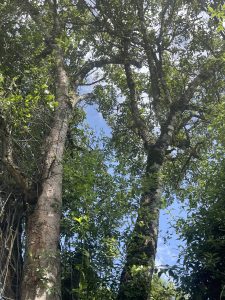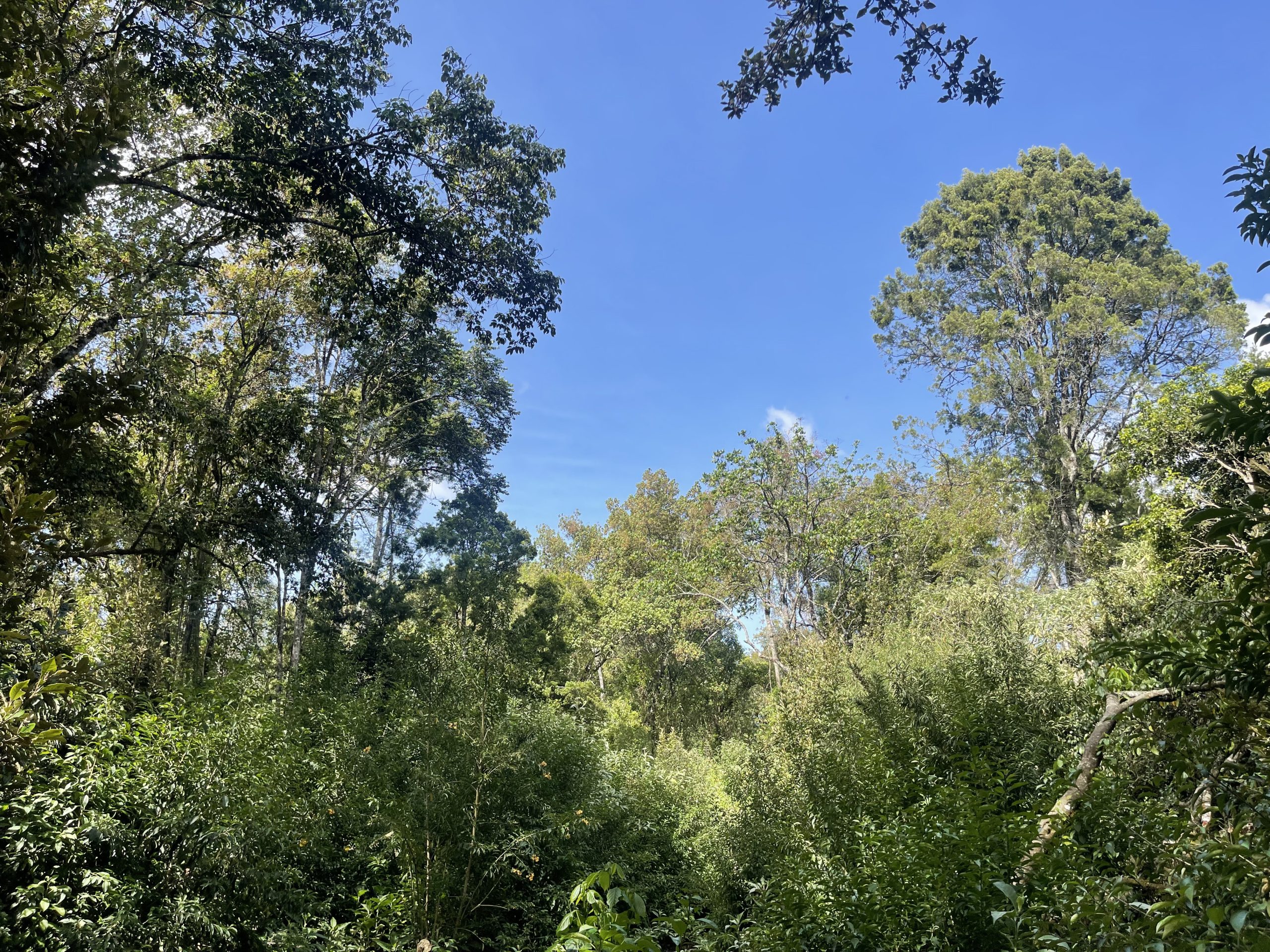Where the Escarpment Breathes Life
Just past the highland town of Iten, where runners chase the sky and clouds hug the cliffs, a quiet revolution is taking root. It’s not loud or showy. There are no billboards, no tourist buses. Just birdsong, the scent of damp earth, and a growing rhythm of footsteps; human and wild weaving their way through the gentle green rebirth of Kesup Forest.
Kesup Forest sits delicately along the Elgeyo Escarpment, part of Kenya’s great green spine in Elgeyo Marakwet County. Once dense with indigenous trees and biodiversity, this landscape has felt the weight of time and pressure: population growth, unsustainable farming, charcoal burning, and land subdivision have stripped large portions of the forest bare.
But today, a powerful countercurrent is underway.

Over the last two years, local communities, youth groups, and environmental organizations including ours – have been planting hope, one seedling at a time. As of June 2025, through various initiatives, feasibility tests have been undertaken where native trees have been studied, through indigenous and intergenerational transfer of education in the wider Kesup belt, with survival rates currently being monitored through community-led tracking.
These aren’t just any trees. They are the elders of the land, returning in botanical form. Among them:
Olea capensis – Known locally as Soget (Kalenjin), revered for its resilience and cultural symbolism.
Prunus africana – Called Murembu or Muiri in Swahili, valued globally for medicinal properties.
Croton megalocarpus – Mukinduri (Swahili), fast-growing and common in agroforestry.
Warburgia ugandensis – Sosiaret in Kalenjin, a rare medicinal tree.
Podocarpus falcatus – Known as Yew or Sitet (Kalenjin), towering evergreens that once defined the highland skyline.
What makes the restoration of Kessup remarkable isn’t just the science — it’s the people.
 Local women’s groups tend to nurseries with bare hands and full hearts. Elders map degraded lands from memory. Young people, often jobless and disillusioned, now earn a stipend planting trees, monitoring growth, and training in ecosystem stewardship.
Local women’s groups tend to nurseries with bare hands and full hearts. Elders map degraded lands from memory. Young people, often jobless and disillusioned, now earn a stipend planting trees, monitoring growth, and training in ecosystem stewardship.
Kessup’s restoration is rooted in the belief that conservation must be participatory, indigenous, and inclusive — not an outsider’s fix, but a community’s homecoming.
Kessup forest’s revival isn’t just about local beauty. It’s also a critical piece of the larger climate puzzle.
Forests along escarpments like Kessup help prevent landslides, anchor water catchments, and regulate microclimates across the Rift Valley. Studies show that tree cover in Elgeyo Marakwet County has dropped by over 30% in the last two decades — putting rivers, farms, and families at risk.
By reviving indigenous tree cover, this effort contributes to Kenya’s national target of 30% tree cover by 2032, and echoes the continental vision of the AFR100 initiative, which aims to restore 100 million hectares of land across Africa by 2030.
Visiting Kesup: Come, walk with us : Kesup is not a national park. It doesn’t charge an entrance fee. It doesn’t need to. Instead, it offers something much rarer: authentic connection. You can hike its trails, talk to nursery workers, drink fresh water from forest-fed springs, and sit under a Soget tree as hornbills fly overhead. It’s the kind of place that reminds you what healing looks like — not just for forests, but for people, too.
Final thoughts
Kessup is not just being restored – it’s being remembered.
By the land.
By the community.
By those of us who dare to believe that recovery is possible.
Come visit, volunteer, write, or just sit under a tree and listen. The forest is speaking — and Kessup is calling you home.
Follow our journey of restoration on https://x.com/savewatertowers
To support indigenous tree growing in Kesup : Donate


Comments are closed